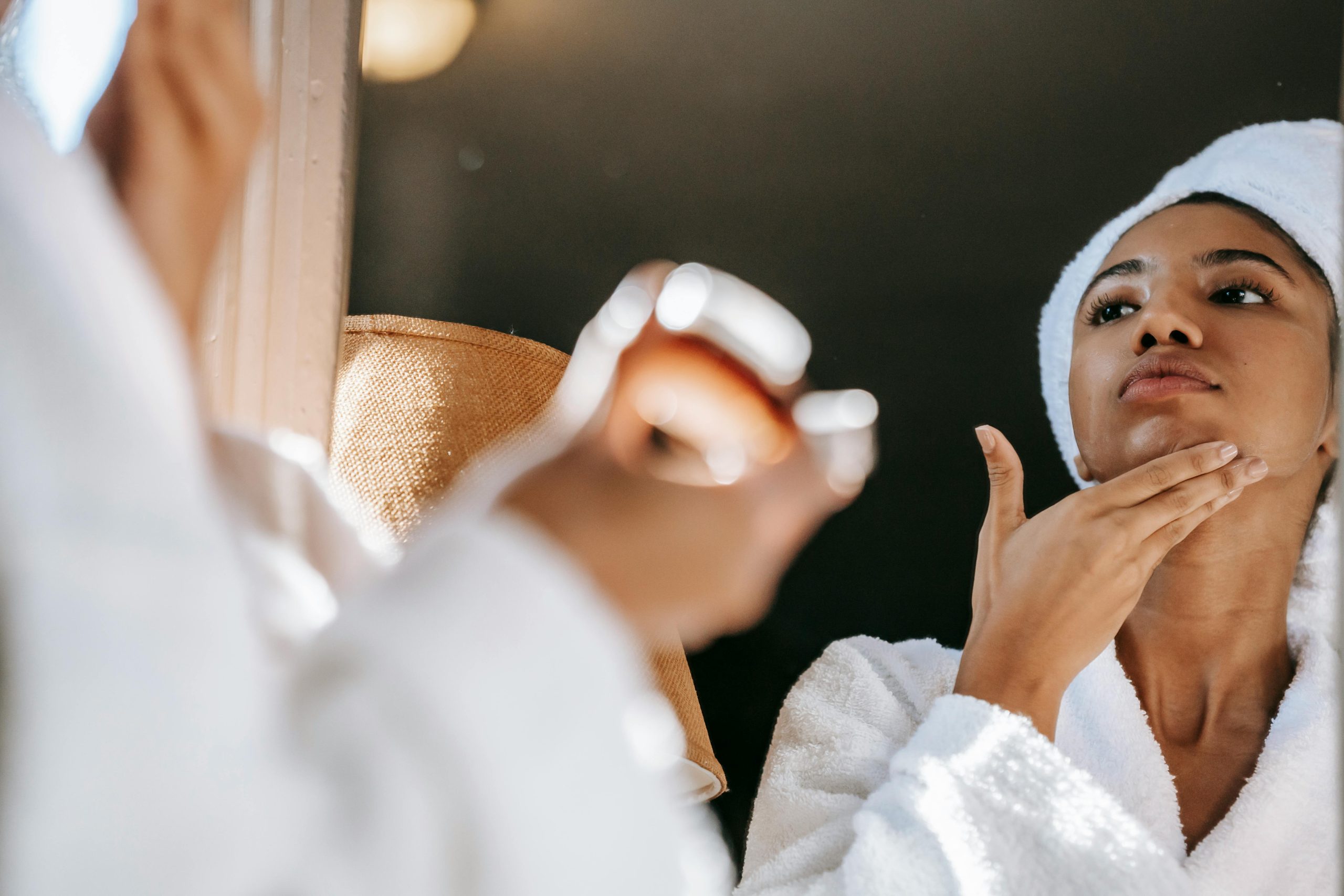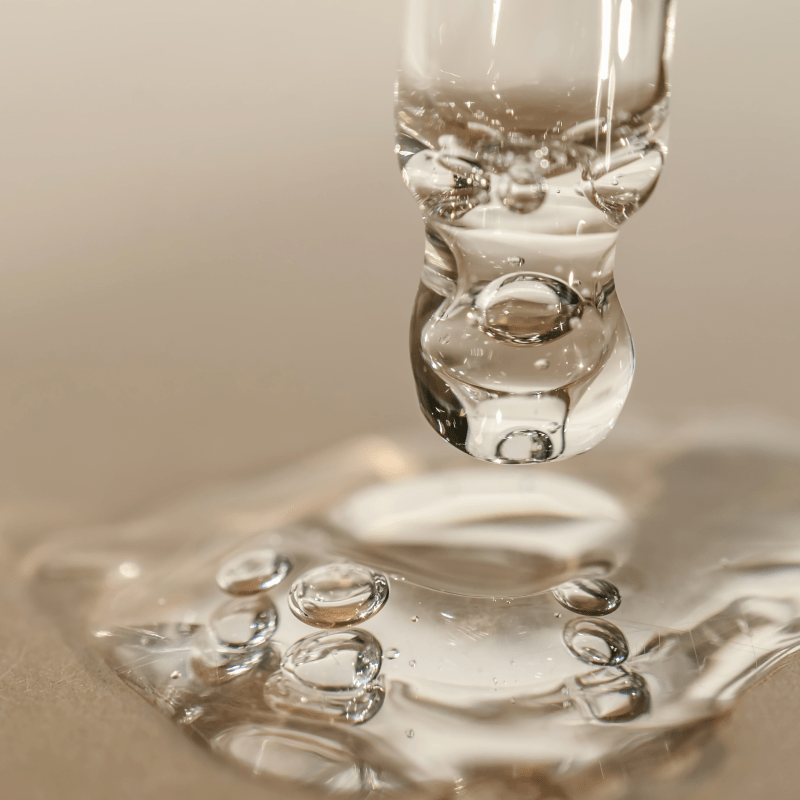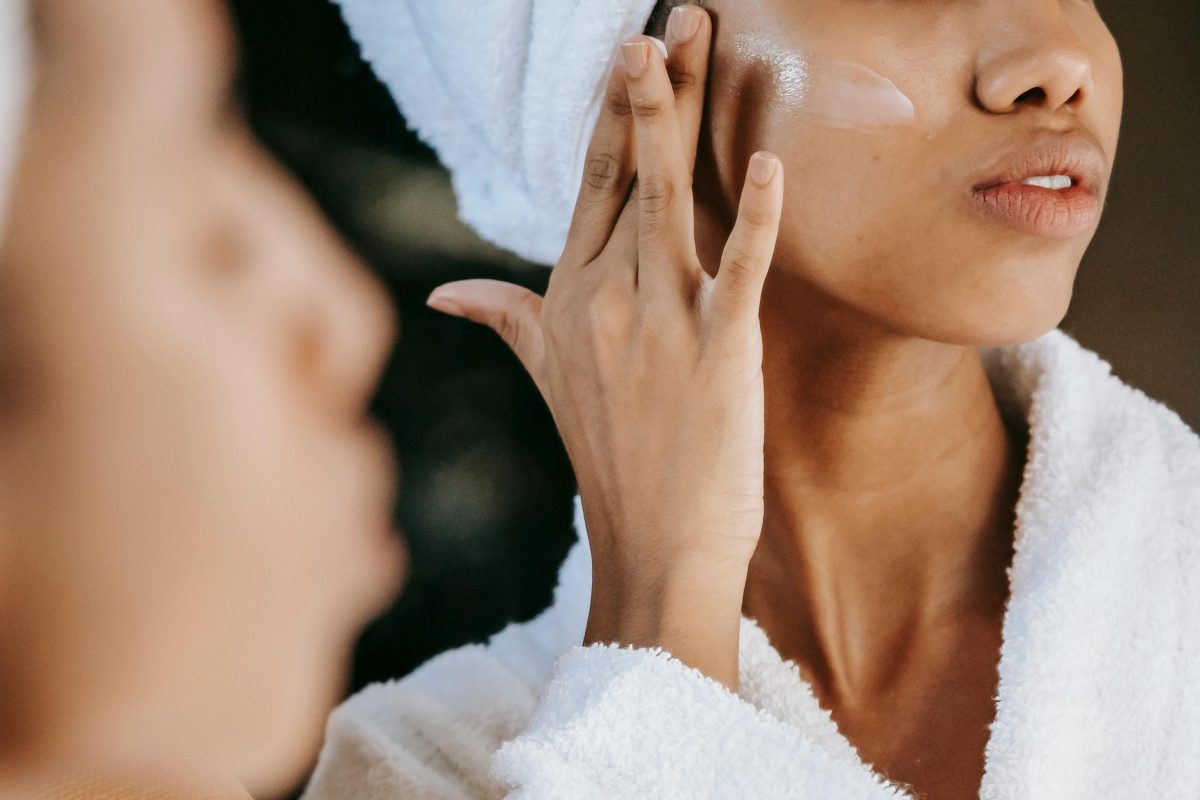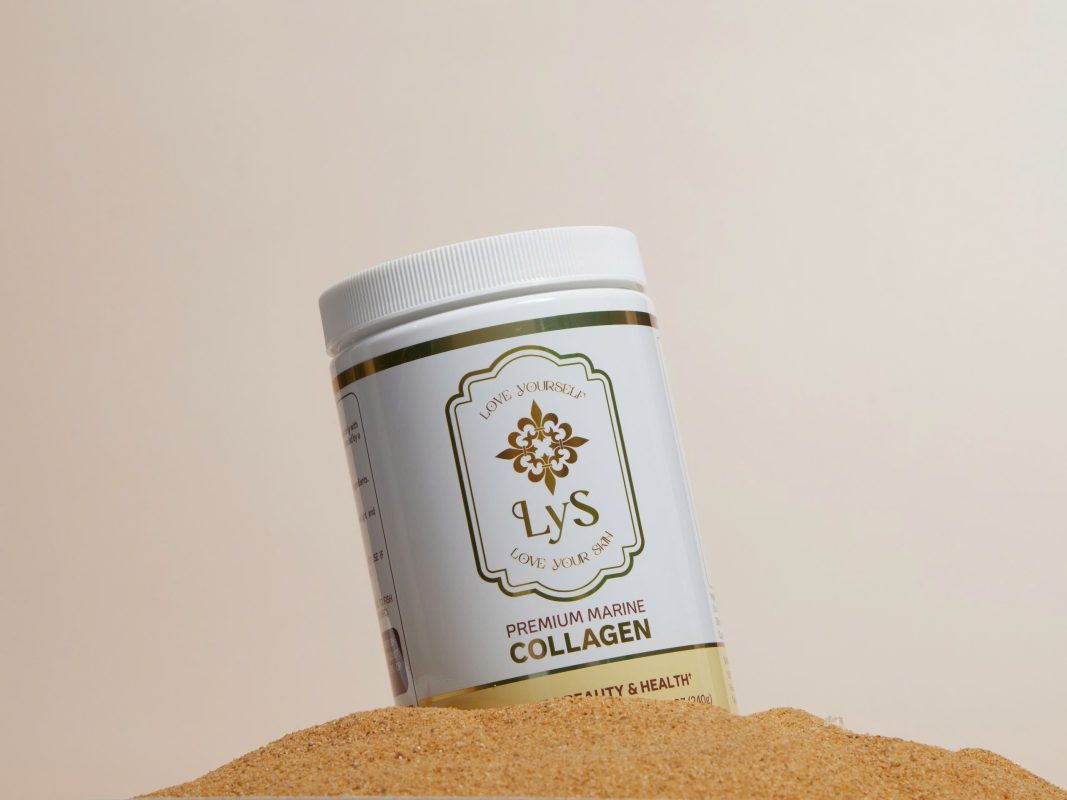Skin aging is an inevitable part of life. However, understanding the process and the factors that contribute to it can help us maintain healthier, more youthful skin over time. In this article, we will explore the early signs of skin aging, the scientific causes behind it, and some preventive measures.
Scientific Definition of Aging
Aging is defined biologically as the accumulation of molecular and cellular damage over time, leading to a decline in organ function and an increased risk of mortality. Research indicates that this process is closely related to mechanisms such as DNA damage, decreased stem cell function, and alterations in immune system activity.
Early Signs of Skin Aging
As we age, our skin undergoes various changes that signal the natural aging process. Here are some of the key early signs of skin aging and their underlying causes:
Wrinkles and Fine Lines
One of the most noticeable early signs of aging is the appearance of wrinkles and fine lines. These typically begin around the eyes (crow’s feet), on the forehead, and around the mouth. Wrinkles form due to a decline in collagen and elastin, two essential proteins that maintain skin firmness and elasticity. Repeated facial expressions, such as smiling or talking, can exacerbate the formation of these lines. A 2018 study published in Dermatology Research and Practice found that collagen levels decrease by approximately 1% each year starting from age 25, leading to increased wrinkle formation and skin sagging.
Dry Skin and Loss of Elasticity
As we age, our skin may become noticeably drier and less elastic. This change is often due to reduced function of the natural oil glands and a decrease in hyaluronic acid production, which are crucial for maintaining skin hydration and elasticity. Research from the University of Medicine and Pharmacy indicates that from around age 30, skin loses its ability to retain moisture naturally, resulting in dryness and a loss of elasticity.
Pigmentation Spots and Freckles
The development of brown spots and freckles, particularly on sun-exposed areas such as the face, hands, and neck, is another common sign of skin aging. These pigmentation changes are primarily caused by the accumulation of melanin due to prolonged UV exposure and natural aging. According to the World Health Organization (WHO), UV exposure is a leading cause of pigmentation issues, contributing to about 80% of external skin aging.
Enlarged Pores and Uneven Skin Tone
Enlarged pores and uneven skin tone can also become more apparent as we age. Pores may appear larger due to a decrease in collagen and elastin, which supports skin structure, combined with the accumulation of dirt and excess oil. Research from the American Academy of Dermatology shows that aging-related structural changes lead to these visible skin imperfections, making the skin look less smooth and even.
Causes of Skin Aging
Skin aging can be attributed to both intrinsic and extrinsic factors.
Intrinsic Aging
Refers to the natural aging process influenced by genetic and biological factors. As we age, cellular regeneration slows, and the production of collagen and elastin decreases, leading to thinner skin with reduced elasticity. Research from Harvard University reveals that telomeres, the protective caps on chromosomes, shorten with age, impacting skin cell division and regeneration.
Extrinsic Aging
Caused by environmental factors and lifestyle choices. Key contributors include:
- UV Rays: UV exposure leads to “photoaging,” which damages collagen and elastin structures in the skin.
- Environmental Pollution: Pollutants in the air create oxidative stress, harming skin health.
- Diet: Nutritional deficiencies and high intake of sugar and unhealthy fats can negatively affect skin.
- Lifestyle: Smoking, excessive alcohol consumption, and inadequate sleep all contribute to skin aging.
A study published in The Journal of Investigative Dermatology suggests that around 90% of visible signs of skin aging are due to UV exposure, underscoring the importance of protecting the skin from environmental damage.
Conclusion
Skin aging is an inevitable part of life, but understanding its causes and early signs can help in managing and mitigating its effects. By addressing both intrinsic and extrinsic factors, we can better preserve the health and youthfulness of our skin.
In Part 2 of this article, we will delve into effective anti-aging measures to maintain a youthful complexion. Check out our blog page for the continuation and start your skincare journey today to enhance and preserve your natural beauty.





